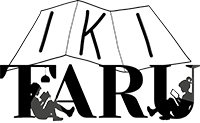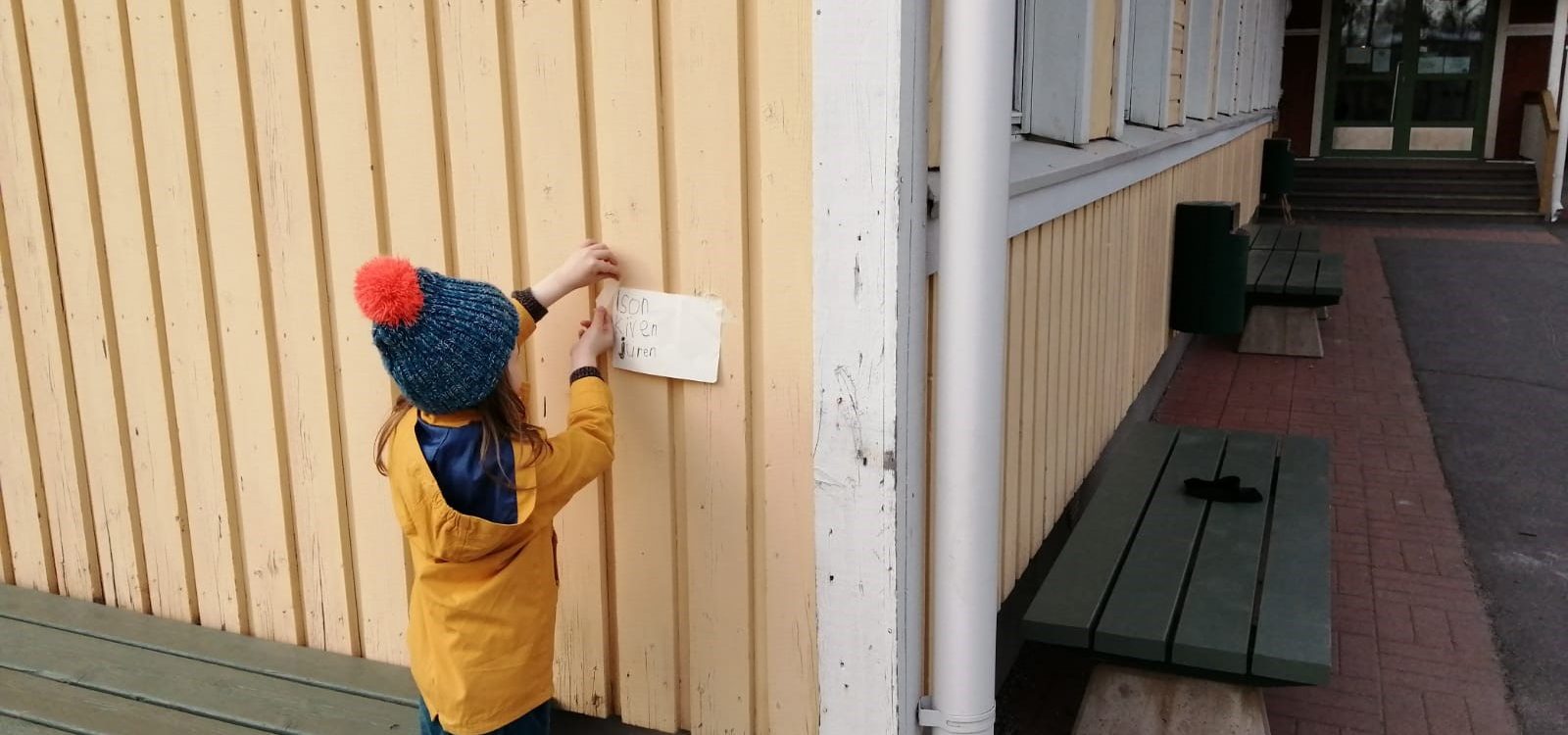Art for everyone!
As a mode of exploring and enjoying the world of children literature, we have developed a project to encourage reading for pleasure and to use public spaces for promoting children literature. We believe that by exposing students to the literature in everyday life and everyday use public spaces would ultimately develop kids’ reading habits and literacy skills. Because it is proven that if children are always contact with text, their reading skills develop very fast (Mahwasane, 2016). Majority of the research findings have showed that kids who are encouraged to read at their early age have better comprehension of things around them. It also develops their critical thinking abilities and makes them more receptive to creativity and ideas that ultimately improves their academic performance.
Reading with and to children would improve their vocabulary as they come across new words, phrases and writing styles through reading. Educators and community can play a vital role by making reading available and enjoyable for their children (Nutbrown et al., 2017). Therefore, in our project we pay special attention to use public spaces for promoting children literature and encouraging reading for pleasure. We call it Art in public spaces which aims at supporting the well-being of the community through literature. Therefore, we have explored some public spaces where art and literature can be exhibited on the walls and on streets to offer literature in more friendly and relaxing ways for the citizens and the specific target groups as well. By using available literature in the public spaces, one group can communicate with others through texts. In the following paragraphs we will present some ideas of encouraging reading for pleasure and exploring literature in the public spaces.
Where to present literature
Involve students in decision making process. Use walking day not just to learn about nature or surrounding, but to enjoy art and literature.
- Daycare and School: Daycare and school can be used as a public space where children spend most of their time. Even though in school most of the corridors and places of general use are enriched with students work, there is always some hidden or unused space that can become new communication point. There can be some spaces where students can exhibit their writing, read texts, discuss about it and share their ideas. Due to movement restrictions in the daycare, art and literature can be presented in the waiting points and outside wall of the buildings so that children can explore it with parents, friends and daycare staff.
- School parking: take younger students at a safe time when there is not a lot of cars coming in and out and use crayons to write poem on concrete. This will help them memories poem and enjoy it for longer time. It will also make impression on persons who are coming after working day to their car.
- Waiting Points: In our everyday life, we need to go to several places where waiting is unavoidable. Such as hospitals, different offices, bust stops etc. In some places, books or other materials could be available but it might not catch children attention. If some texts are displayed with eye-catching illustration, children will be interested to explore those with their parents, friends or even by themselves.
- Public festivals: Art and literature can be presented in different publics festivals, for example, Christmas time, Summer festivals, lighting festivals, Easter celebration etc.
- Local shop: Maybe your local shop will let you do posters of poetry for specific day, like Kalevala, or maybe you would be allowed to give note papers with poetry print to costumers after they are done shopping.
- Frisbee golf: Suitable for older student, maybe you wish to explore poetry in connection with nature or certain language? Talk with students who is playing this sport to whom they would like to create poem stickers. What material should be used in nature? Just paper of maybe laminated paper that you will collect after some time. After selection of text, making of the Public text that may take up to 6 classes take a day out, visit local frisbee, golf place (to whom you agreed on this intervention) and place your poetry there.
Text: Dubravka Subotic and Kazi Fatematuj Johara (Heritage-teachers/OMO-teachers)
May 2021
Teacher's art-based project plans
References
Mahwasane, N.P. (2016). The Acquisition of Reading in Children: A Concept Paper.International Journal of Educational Sciences, 17(1-3), 76-81.
Nutbrown, C. Clough, P. Levy, R. Little, S. Bishop, J. Lamb, T &Yamada-Rice, D (2017). Families’s Role in Children’s Literatire in the Uk throughout the 20th century. Journal of Early Childhood Literacy, 17(4), 551-569.

